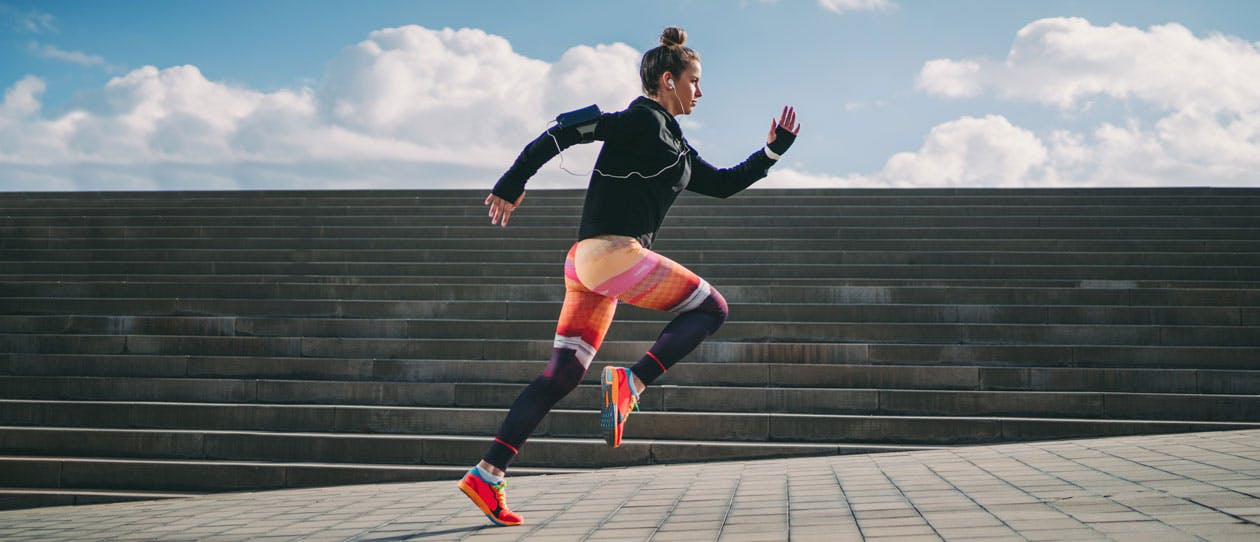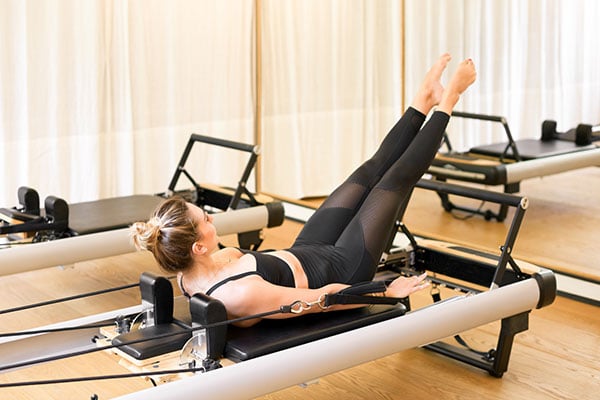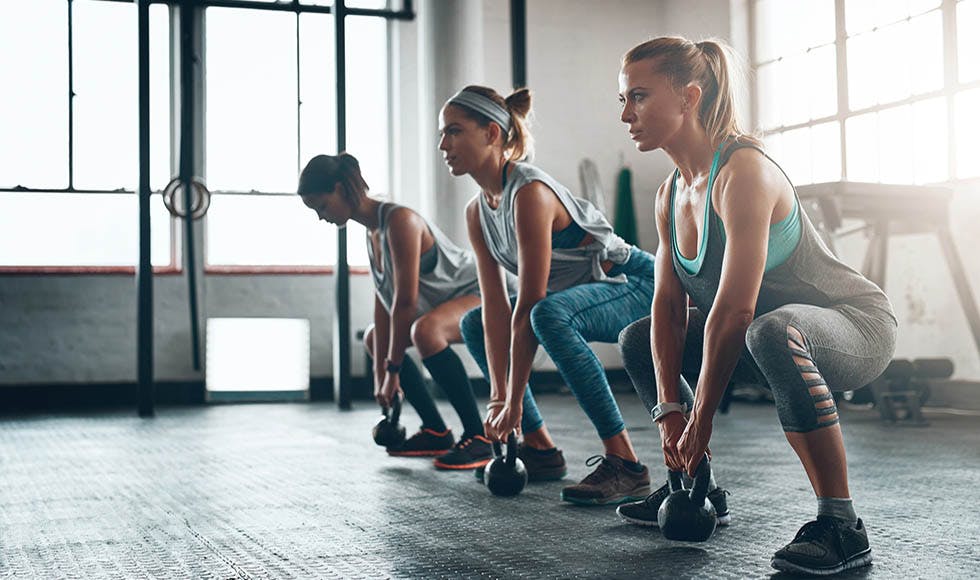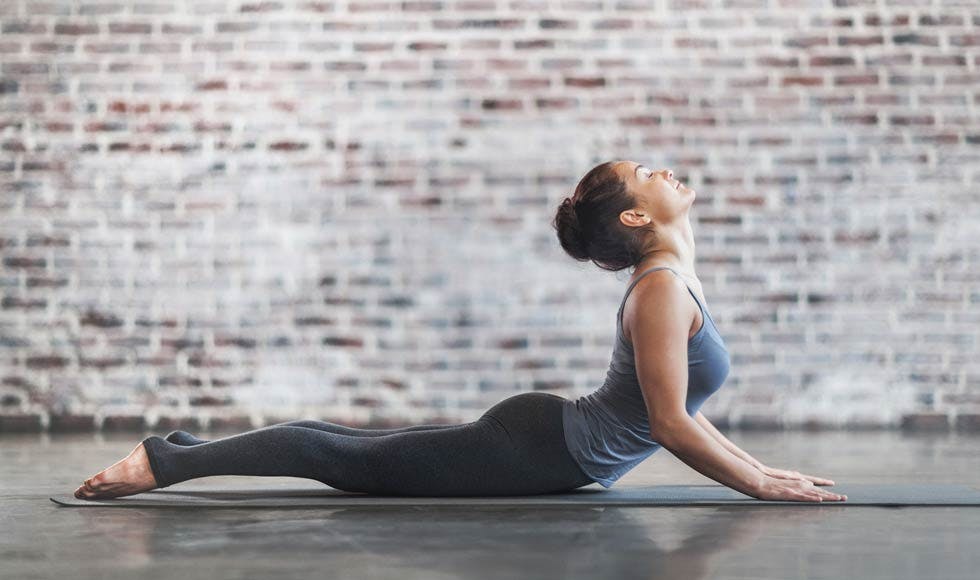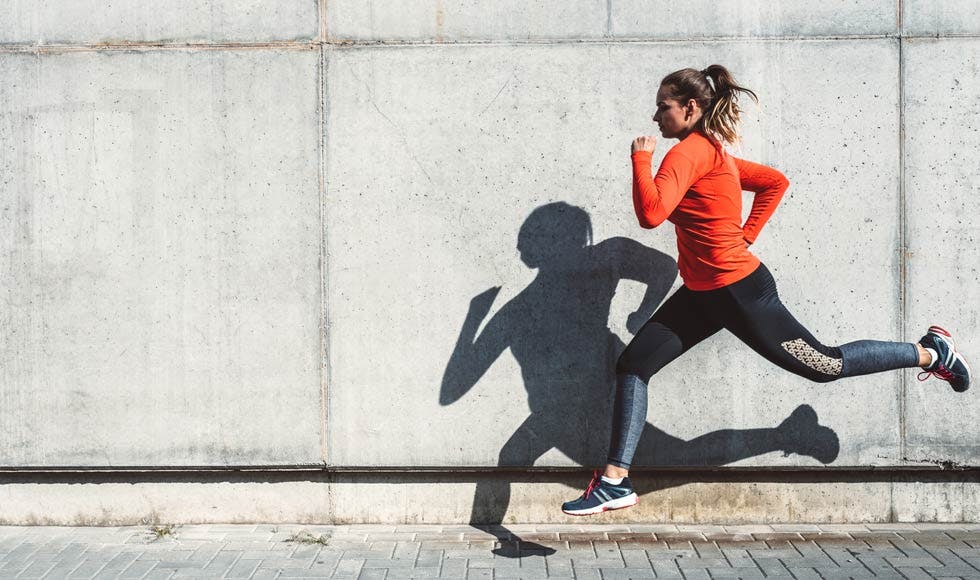Running and core strength
It is very important for runners to have a strong core for a variety of reasons. As we know, our core is the foundation of our body, which supports the movement of our arms and legs provided it is functioning efficiently to do so.
If our core is unable to provide the stability for our limbs to move, this can lead to inadequate running technique and tissue overload. Over long distances and time, this overload can increase the risk of a running related injury.
Our lower back is the main area that we see injured due to core weakness. It is made up of five vertebrae which move in all different directions, enabling us to flex, extend, side bend and twist.
Our core is supposed to provide stability to the lower back as it moves in all of these different directions. If it is not functioning properly, it cannot provide us with the muscular support that we need to move efficiently and without injury.
A
study published in the
Physical Therapy Reviews looked at the correlation between poor proximal control (pelvic & core strength) and lower limb muscle strains. They found that poor core strength can be related to various deficits including; reduced core tone/activation, trunk control, pelvic imbalances, poor balance in general and reduced hip flexibility.
When the ‘core’ isn’t working well, forces are transferred differently into the leg and can therefore affect how muscles react to the ground as we push off to run, jump, leap etc.
Overall, this increases the likelihood of the body to compensate and puts more strain on the lower body – i.e. we become less efficient with our movements.
The researchers did a meta-analysis of 6 studies that looked at exercise interventions that strengthened the core, combined with other interventions or training and that also reported on the incidence of lower limb muscle sprains.
The results showed that lumbopelvic exercises (core exercises) could reduce the incidence of lower limb muscle sprains.
What are the signs of a weak core in runners?
- Reduced performance
- Poor balance
- Suboptimal running posture
- Lower back, pelvis, hip and knee pain
What causes weakness in our core?
There are a number of potential causes for this type of weakness:
- Prolonged sitting at work or at home
- A sedentary lifestyle
- Performing exercises with incorrect technique at the gym or during exercise classes
- Not having enough variety in your exercise program
- Weakness post pregnancy
How to build core muscle strength for runners
The hundred Pilates exercise on a reformer or mat is a great way for runners to build core strength and stability.
If you are suffering from core weakness as a runner, there are several options available for you to increase your core strength
- Clinical reformer or mat based Pilates
- Runner’s specific group rehab exercise classes
- Strength and conditioning programmes at your gym
- Core program from your physio
How to maintain a strong and healthy core
- Balance and stability exercises
- Targeted strength exercises for runners
- Maintaining good form during squats, deadlifts and lunges
- Pilates
- Yoga
- Good posture – especially when at your desk
- All types of sports
- Housework and gardening
- Maintaining a healthy level of weight
Challenge yourself all while developing coordination, core and leg strength with the runners' touch + bosu

